8 Essential Tips for Construction Workers to Stay Safe in the Summer Heat
Longer days and higher temperatures bring a sharp change to on-site routines. Heat exposure and strong UV can quickly become hazardous, raising the risk of dehydration, heat exhaustion, and heatstroke. At The Builders Academy, we prioritise health and safety on every project so you can stay safe, productive, and compliant throughout the hottest months.
Early preparation pays off. Start with your compliance essentials and strengthen core knowledge using our free CSCS and CITB Mock Test Hub. If you are working towards your CSCS Card, explore the CSCS Card Level 1 Course or the CSCS Green Card Full Package. These resources help you build proven knowledge while reinforcing safer choices in hot weather.
Why summer heat management matters on UK sites
The UK may not be the hottest climate in the world, but rapid temperature spikes and direct sun can still cause severe heat stress. The Health and Safety Executive (HSE) highlights that employers should assess heat risks, provide drinking water, and plan work to reduce exposure where reasonably practicable. The Construction Industry Training Board (CITB) also reinforces the value of supervision and training so teams recognise early symptoms and act fast. Building simple routines around hydration, shade, task rotation, and UV protection reduces risk significantly while improving performance and morale.
A quick personal note from Fred
From my own site visits during a July heatwave in Manchester, I saw crews go from energetic to exhausted within an hour when water and shade were not planned. A small change - cool water close by, short shaded breaks, and a clear supervisor rotation plan - renewed the team’s energy and confidence almost instantly. It was a sharp reminder that prevention beats cure.
1. Stay hydrated and plan your fluids
Construction workers lose fluid quickly through sweat. Dehydration often appears as dry mouth, dizziness, headache, or fatigue. Build a simple, personalised hydration plan for the day and stick to it.
- Drink small amounts of cool water at regular intervals. Do not wait until you feel thirsty.
- Add an electrolyte drink at appropriate times to replace salts lost in sweat.
- Avoid alcohol and limit caffeine where possible because both increase dehydration risk.
If you are refreshing vital knowledge for safe practice, our CSCS Green Card Full Package integrates core health and safety learning to keep you compliant and confident.
2. Acclimatise to the heat over several days
Workers returning from leave or new starters often need time to acclimatise. Gradually increase workload across 5 to 7 days, monitor how people feel, and adjust shifts with supervision support. Acclimatisation reduces risk of heat illness and helps teams perform safely for longer periods.
- Start with lighter tasks and scale up steadily.
- Plan short, frequent breaks in shade or cool areas.
- Brief teams to watch for early signs of heat exhaustion such as dizziness or nausea.
Supervisors can sharpen decision-making with formal training. Consider the SSSTS Course for site supervision skills and the SMSTS Course for site managers who coordinate heat controls across crews.
3. Wear the right PPE and clothing for hot conditions
Light-coloured, loose-fitting clothing reflects heat and helps sweat evaporate. Choose breathable, moisture-wicking fabrics that feel comfortable over a full shift. Protect face, neck, and eyes from UV with a wide-brimmed hat and UV-rated eyewear that fit safely with other PPE.
- Look for PPE that balances protection, breathability, and comfort.
- Keep spare, dry clothing if possible to reduce skin irritation and maintain body temperature.
- Use broad-spectrum sunscreen SPF 30 or higher on exposed skin and reapply regularly.
4. Adjust working hours and heavy tasks
Plan around the hottest hours of the day. Where practicable, begin earlier and schedule physically demanding operations for the coolest windows. Rotate tasks so no one is overexerted for long stretches.
- Bring forward heavy lifts and high-exertion tasks.
- Use mechanical aids more frequently to reduce physical load.
- Coordinate deliveries, concrete pours, and roof work during cooler periods.
5. Build shade and recovery breaks into the programme
Frequent, short breaks in shaded or cool spaces reduce core body temperature and preserve focus. Provide seating, airflow, and ready access to water. Supervisors should check in with workers during breaks to assess alertness, hydration, and comfort.
- Set a predictable break rhythm so crews rely on it.
- Encourage workers to drink during every break.
- Watch for early signs of heat stress and respond quickly.
Strengthen emergency readiness with specialist training. Our Fire Marshal CPD Course and Traffic Marshal Banksman Course help teams coordinate safely and communicate clearly when conditions change.
6. Protect your skin with sun safety habits
UV exposure is not always obvious in the UK. Even on cloudy days, UVA and UVB can damage skin and eyes. Build sun protection into your daily start-up.
- Apply broad-spectrum SPF 30 or higher before work and reapply every 2 to 3 hours or after heavy sweating.
- Use neck protection and brim shades compatible with hard hats where appropriate.
- Store sunscreen on site so it is always to hand.
7. Use simple cooling techniques to reset body temperature
Little actions make a big difference. Short breaks in air-conditioned vehicles, shaded rest zones, and evaporative cooling can bring body temperature down quickly.
- Apply cool, damp cloths to pulse points such as wrists, neck, and inner elbows.
- Splash or soak forearms in cool water to reduce heat load.
- Use fans to improve airflow in enclosed areas while maintaining safe dust control.
If you are building a broader skill set for safer practice, review our Traffic Marshal training and National Water Hygiene options to strengthen your CV and site awareness.
8. Recognise heat illness early and act fast
Heat exhaustion - warning stage
- Heavy sweating, weakness, dizziness, nausea or headache.
- Cool the worker quickly in shade, loosen clothing, and provide water or electrolyte drinks.
- Monitor closely. If symptoms persist or worsen, escalate to emergency support.
Heatstroke - medical emergency
- Hot, red skin with little or no sweating, confusion, fainting, or very high body temperature.
- Call 999 immediately. Move the person to a cool area, remove excess clothing, and apply cold packs to neck, armpits, and groin until help arrives.
HSE guidance highlights the duty to assess risks and implement controls for heat and UV exposure. CITB reinforces the role of competent supervision to coordinate these measures. Training and planning create a safer baseline so teams respond decisively when symptoms appear.
Proactive planning checklist for hot weather
- Daily briefing includes heat forecast, hydration plan, shade locations, and task rotation.
- Water points within easy reach and rest zones with airflow or fans.
- Supervisors trained to spot early symptoms and intervene quickly.
- Signage on UV protection and reapplication of sunscreen.
- Records of breaks and adjustments for vulnerable workers where appropriate.
Level up your competence and stay compliant
Learn a new skill and build reliable habits that stand up to hot conditions. If you are starting out or renewing, progress your CSCS Card with the CSCS Card Level 1 Course and the CSCS Green Card Full Package. To sharpen site coordination, choose the Traffic Marshal Banksman Course and the Fire Marshal CPD Course. These targeted routes are proven, practical, and designed for busy crews.
Call to action
Ready to feel more confident in hot weather and keep your team safe? Start with our free CSCS and CITB Mock Test Hub and choose the course that fits your role:
- CSCS Card Level 1 Course
- CSCS Green Card Full Package
- Traffic Marshal Banksman Course
- Fire Marshal CPD Course
- National Water Hygiene Course
Join the conversation
We would love to hear your best heatwave survival tips from site. Share a quick story, a tool that keeps you cool, or a routine that works for your crew. Your insights help others stay safe and improve results across the industry.
Contact us
Email: [email protected]


 Student Login
Student Login Gemma Smith
Gemma Smith